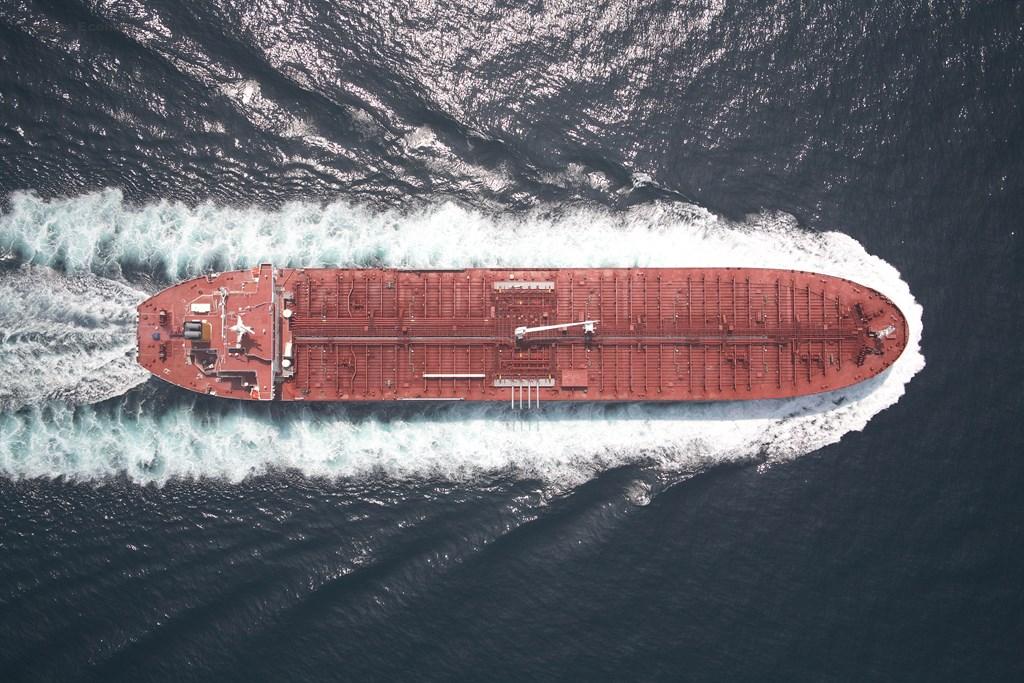There is hysteria about building these ships that only a few shipyards know how to do in Korea and Japan
Saudi Aramco alone had chartered 27 VLCs in a single day. Most of these ships had been chartered for 3-6 months of storage
Genoa – The seminar on sea freight rates organized by the Assagenti Youth Group was an opportunity to hear from the attentive and expert broker Ennio Palmesino an analysis of the trends of the recent past and the near future for liquid bulk.

“In October 2019, the tanker market experienced one of the busiest periods in its history, with VLCC freight rates increasing in all areas, driven by a variety of factors, such as US sanctions on the ships of the Chinese group Cosco (for their trade with Iran) and other ships linked to Venezuela, or the two Saudi oil sites hit by drones from Yemen (which halved Saudi crude oil production).
The charterers had put loads on the market for embarkation until the end of November and the shipowners have ferociously exploited this weakness: the Suezmax have benefited in part as a reflection of the strong demand from their older sisters ”.
In March 2020, the market was then driven by a different request: “The barrel had plummeted and, after the collapse in consumption due to the lockdown, the race to grab ships to store crude oil had started, attractive because it was cheap, but not consumable immediately.
Saudi Aramco alone had chartered 27 VLCs in a single day. Most of these ships had been chartered for 3-6 months of storage and then disappeared from the market for a long time but when the barrel price returned to normal levels in the autumn, these ships were progressively released ”.
The diversity of the most recent period according to Palmesino “lies in the fact that, due to the Covid effect, there has been a sharp increase in the rental market for a period, not only in the commercial. The VLCs for a year reached $ 75,000 / day. After a truly sluggish 2021, there was only one other upward shift in freight rates last month, due to the war in Ukraine, but it was a purely regional phenomenon and it affected Aframax more than ships of greater flow “.

The Aframax tanker sector “exploded above all due to shipments to Russia, rejected by many shipowners: on 11 March 2022, the Aframax Ice class from the Baltic were quoted at $ 262,000 / day, while from the Black Sea $ 173,000 / day. On the other hand, from the Mediterranean, the Caribbean, and the Persian Gulf they quoted only 6-16,000 dollars/day.
The situation in Ukraine has prompted many of the Aframax ice-class ships (which are essential for the transport of Russian crude oil from the Baltic in winter) to refuse to go to load in Russian Baltic terminals with the consequence that the few ships available have asked for levels. astronomical “.

What then are the expected effects of the ongoing military conflict? According to the former president of Genoa Sea Tankers, “the war could create a favorable situation for shipowners in the long run. In fact, when there is a lower availability of crude oil on the market, for example, due to a temporary closure of a boarding area, traders rush to buy alternative crude oil from other areas. But even when the freight hysteria ends, the market begins to rearrange the matrix of the origins and destinations of the loads. If the alternative crude oil comes from further away, the demand for the hold increases, and shipowners will be able to ask for higher rates ”.
One thing, according to Palmesino, stands out when examining these market swings: “The peaks were caused by exogenous events, such as boycotts, geopolitical tensions, Covid, the war in Ukraine. ‘Sudden and unpredictable factors, already described by prof. Demaria in the 60s of the last century and by him called ‘the Entelechian facts’. A dinosaur bursts onto the scene and upset the situation. Other than econometrics, no formulas, no fundamentals, no endogenous factors “.
Speaking of new buildings, according to the expert liquid cargo broker, “before ordering a new ship, a shipowner is very confused today by the new regulations that will come into effect and the fuel alternatives that will exist. For tankers, the fleet today is sized on current oil consumption and there is no great incentive to build new ships. I do not see any push to expand the tanker fleet or to renew the market, the market is holding back “.
Different speech applies to the transport of gas by sea: “We see instead an explosion of interest in ships that transport liquid gas, the tankers; very expensive ships.
Those with 170,000 cubic meters of capacity cost over 200 million dollars each. There is hysteria about building these ships that only a few shipyards know how to do in Korea and Japan. According to some studies, the fleet of LNG carriers at sea today is made up of about 660 ships, and within four years it will exceed the Vlcc fleet, that is the 850 supertankers ”.

Source: Shipping Italy















